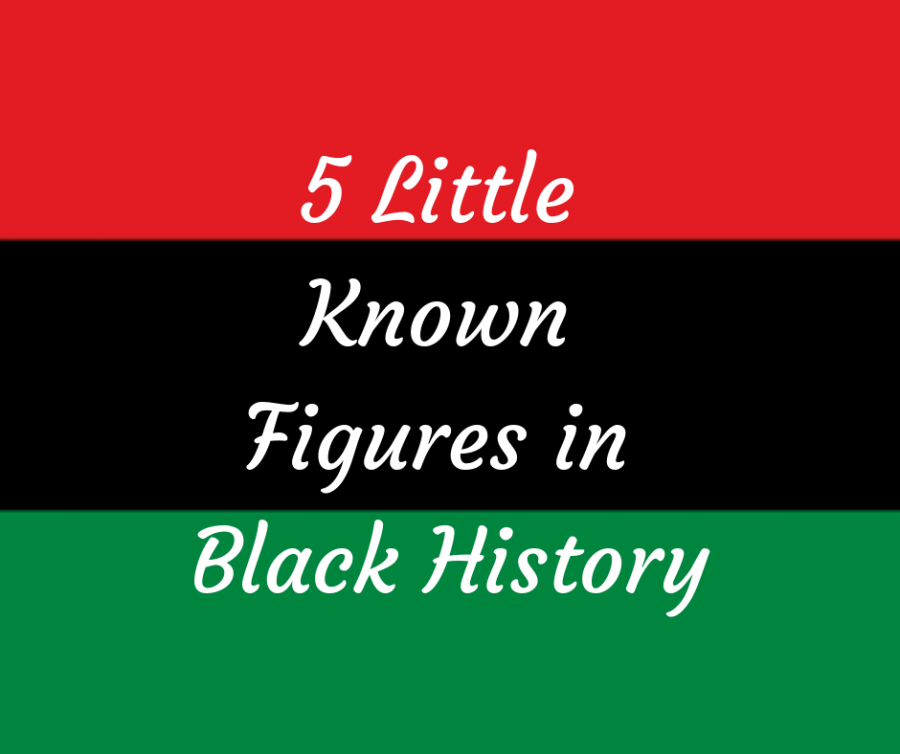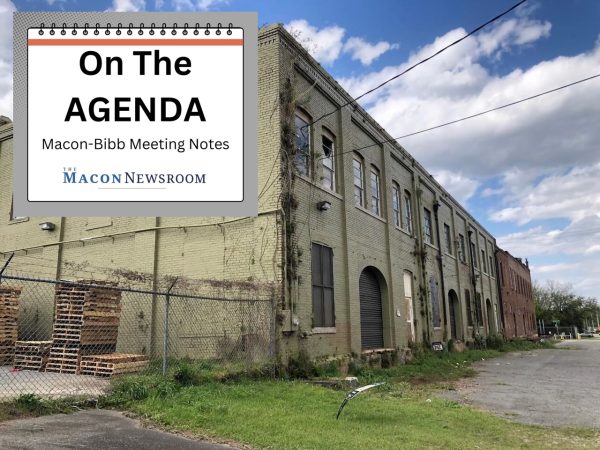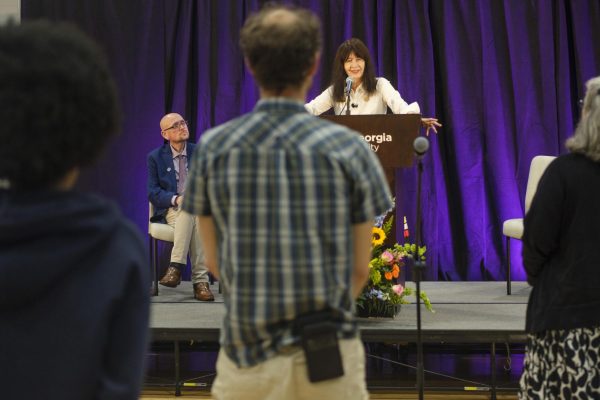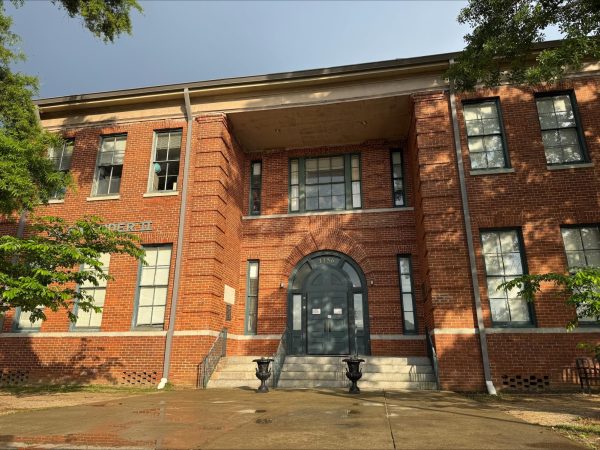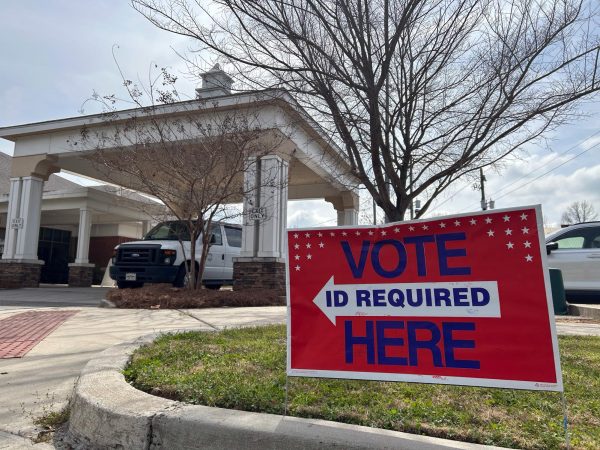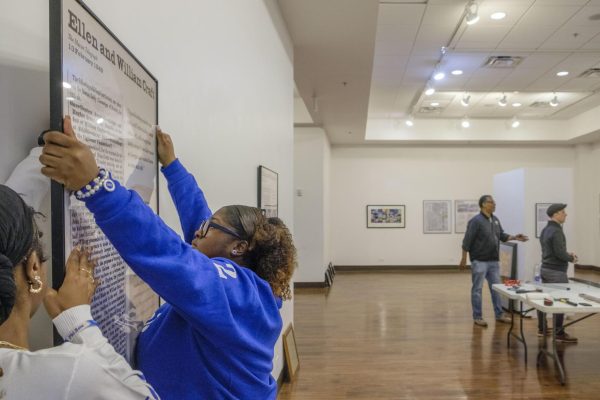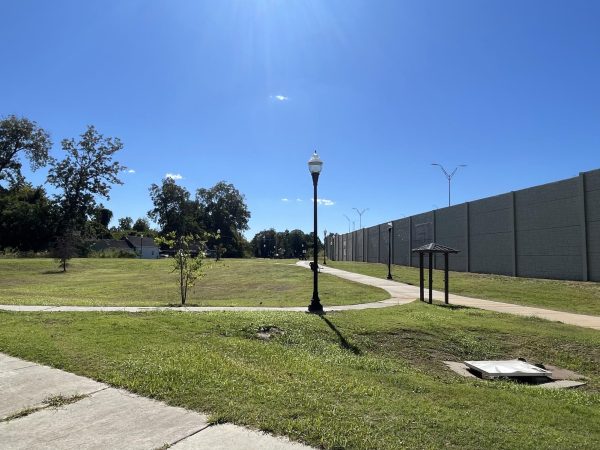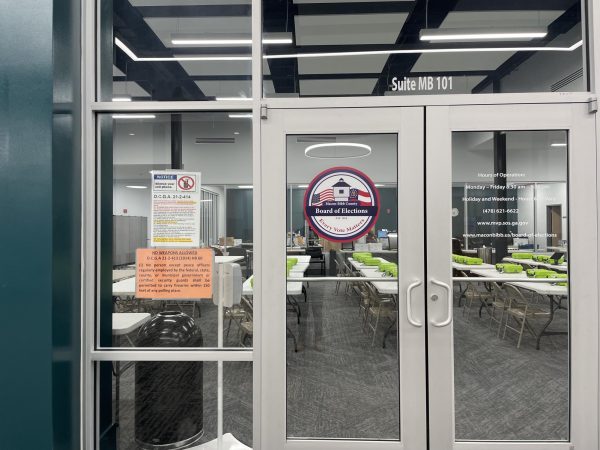5 Little Known Figures in Black History
As Black History Month comes to an end it is important to take a look back and remember the figures whose impact has enriched the lives of black people everywhere. There are so many impactful black people who need to be celebrated that it is impossible to remember them all. So, here are five little known figures in Black History.
1. Josephine Baker
Born as Freda Josephine McDonald in St. Louis, Missouri, Josephine Baker was a popular entertainer on many stages in both the US and Europe. She became a dancer in an all African American theater troupe at age 15 and performed in several Vaudeville shows. She later moved to New York where she was an active part of the thriving black art scene during the Harlem Renaissance. She soon moved to Paris where she became one of Europe’s most sought after performers. Baker’s performances often followed African themes and styles. In her famed show Danse Sauvage she danced across the stage in a banana skirt. During the German invasion of France during WWII, she aided French military officials by passing on secrets she heard while performing in front of the enemy and transported the confidential information by writing with invisible ink on music sheets. When she returned home from Europe she was shocked by the continuance of racism and discrimination still present in American culture. She often refused to dance for segregated audiences and in 1963, she was one of the few women allowed to speak at the March on Washington for Jobs and Freedom.
2. Sister Rosetta Tharpe
Born on March 20, 1915, in Cotton Plant, Arkansas, Sister Rosetta Tharpe is a music icon and the basis for the style of many other iconic artists. Since a young age, she was traveling with her mother in an evangelical troupe, playing guitar and singing for audiences across the American South. In 1938, he recorded four songs for Decca Records and all four of these recordings became instant hits, establishing Tharpe as one of the nation’s first commercially successful gospel singer. Throughout her career Tharpe continued to bridge the gap between religious and secular music styles by mixing melody-driven urban blues with traditional folk arrangements, this is the precursor to what would later be called rock and roll. During WWII, she was one of only two African American artists to record “Victory Disks” for American troops overseas. She is currently in the Rock and Roll Hall of Fame.
3. Langston Hughes
Born on February 1, 1902, in Joplin, Missouri, Langston Hughes is a famed poet and central figure during the Harlem Renaissance. His poetry sought to portray the hardships and joys of black life at the time. In his essay “The Negro Artist and the Racial Mountain” he says “We younger Negro artists who create now intend to express our individual dark-skinned selves without fear or shame. If white people are pleased we are glad. If they are not, it doesn’t matter. We know we are beautiful. And ugly too.” Hughes faced much criticism from both black and white critics but he was the first black American to earn his living solely from his writing and public lectures. Many of his poems, essays, novels, and plays continue to be celebrated today.
4. Madam C.J. Walker
Born Sarah Breedlove on December 23, 1867, near Delta, Louisiana, Madam C.J. Walker was the first American women to become a self-made millionaire. During her early years she suffered from a scalp ailment that resulted in her own hair loss, she invented a line of African-American hair care products in 1905, in an attempt to sooth her ailment. She was hired as a commission agent by Annie Turnbo Malone,a successful, black, hair-care product entrepreneur, and moved to Colorado with her husband where she began perfecting her treatment. She and her husband would then travel around the country giving lectures on what they called the “Walker Method”. In 1908 Walker opened a factory and a beauty school in Pittsburgh, and by 1910 Walker Manufacturing Company had become wildly successful. She was also a known philanthropist as she gave many donations to the NAACP and several old folks homes.
5. Daniel Hale Williams
Born on January 18, 1856, in Hollidaysburg, Pennsylvania was one of the first physicians to successfully complete pericardial surgery (A type of heart surgery) on a patient. After his apprenticeship had ended Williams set up his own private practice on the South Side of Chicago. In May 1891, Williams opened Provident Hospital and Training School for Nurses, the first hospital with a nursing and intern program that had a racially integrated staff. In 1893, Williams operated on James Cornish, a man with a severe stab wound to his chest, and became one of the first people to perform open heart surgery. He later became chief surgeon at Freedmen’s Hospital, which provided care to formerly enslaved African Americans. In 1895, he co-founded the National Medical Association, a professional organization for black medical practitioners since at the time African Americans were not allowed into the American Medical Association. His work to enhance the medical field is still being celebrated today.



